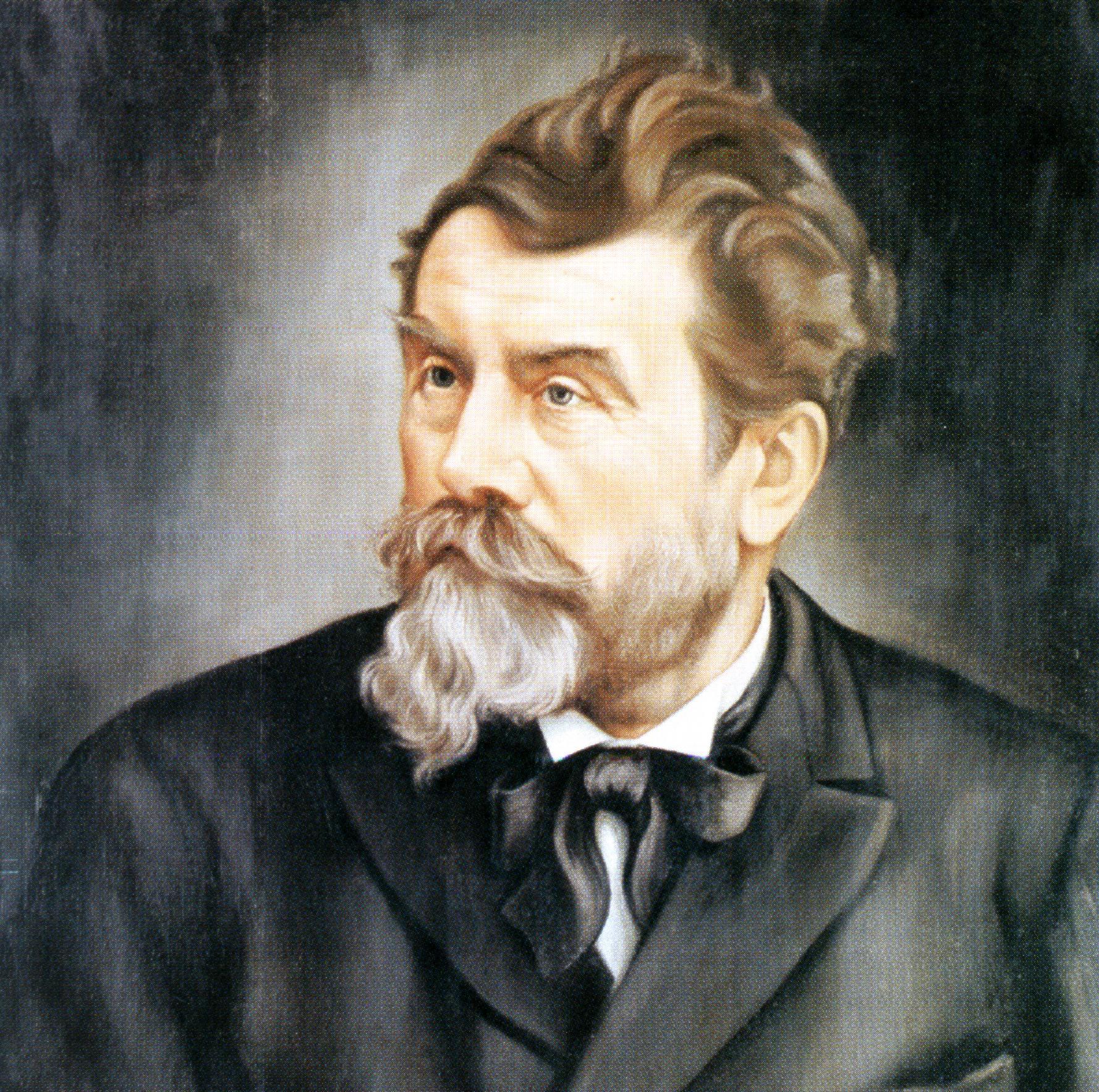Wilhelm Lambrecht on:
[Wikipedia]
[Google]
[Amazon]
 Wilhelm Lambrecht (3 August 1834,
Wilhelm Lambrecht (3 August 1834,
Website der Freunde alter Wetterinstrumente; retrieved, 11 February 2012. *24 July 1859: foundation of a fine mechanical factory in Einbeck *1867: invention of thermo-hygroscope (combination hair hygrometer and bimetal) *1875: invention of table hygrometer *1876: invention of standard barometer *1877: invention of polymeter
Page of the Wilh. Lambrecht GmbH
{{DEFAULTSORT:Lambrecht, Wilhelm 1834 births 1904 deaths 19th-century German inventors
 Wilhelm Lambrecht (3 August 1834,
Wilhelm Lambrecht (3 August 1834, Wolbrechtshausen
Wolbrechtshausen is a part of the municipality Nörten-Hardenberg in the district of Northeim in Lower Saxony.
Geographical position
Wolbrechtshausen is located on the western end of the Leine river valley between Solling and Harz. Through the ...
– 17 June 1904, Göttingen
Göttingen (, , ; nds, Chöttingen) is a college town, university city in Lower Saxony, central Germany, the Capital (political), capital of Göttingen (district), the eponymous district. The River Leine runs through it. At the end of 2019, t ...
) was a German builder of measuring instruments.
After doing his exams Lambrecht began a five-year apprenticeship as a mechanic in Einbeck
Einbeck (; Eastphalian: ''Aimbeck'') is a town in the district Northeim, in southern Lower Saxony, Germany, on the German Timber-Frame Road.
History
Prehistory
The area of the current city of Einbeck is inhabited since prehistoric times. Vario ...
. The handling of the measuring instruments which were, despite their heaviness, less robust and built quite complicated and bulky at this time, sparked Lambrecht’s interest in instrument building and revealed his special talent during his apprenticeship. In the following five years of his journeyman's travel he worked in well-known factories in Paris and Berlin, then went back to Einbeck and went into business for himself. In 1864 he went to Göttingen, opened a factory and soon met the chemist Friedrich Wöhler
Friedrich Wöhler () FRS(For) HonFRSE (31 July 180023 September 1882) was a German chemist known for his work in inorganic chemistry, being the first to isolate the chemical elements beryllium and yttrium in pure metallic form. He was the firs ...
and the physician L. Weber.
In 1867, when he came back from the world exhibition in Paris and brought the first chromic acid cell
The Chromic acid cell was a type of primary cell which used chromic acid as a depolarizer. The chromic acid was usually made by acidifying (with sulfuric acid) a solution of potassium dichromate. The old name for potassium dichromate was potassiu ...
with him, he also met the astronomer Wilhelm Klinkerfues. Klinkerfues had developed a bifilar-hygrometer which was widely used but did not prove in laymen's hands. After that Lambrecht built a hair hygrometer
A hair tension dial hygrometer with a nonlinear scale.
A hygrometer is an instrument used to measure the amount of water vapor in air, in soil, or in confined spaces. Humidity measurement instruments usually rely on measurements of some other qu ...
, "Model Klinkerfues". In 1873, after separation from Klinkerfues, Lambrecht started to build new meteorological instruments such as polymeters, dew point monitors, and aspiration psychrometer
A hair tension dial hygrometer with a nonlinear scale.
A hygrometer is an instrument used to measure the amount of water vapor in air, in soil, or in confined spaces. Humidity measurement instruments usually rely on measurements of some other qu ...
s. His weather telegraphs, weather columns and combinations of different meteorological instruments were in use at several bigger cities and foreign health resorts before World War I. Lambrecht also built medical thermometers. At the same time he developed the so-called minimum thermometer with a narrowing of the lumen of the capillary which is placed above the mercury container. His precision instruments are well-known all over the world.''Wilhelm Lambrecht - Göttingen''Website der Freunde alter Wetterinstrumente; retrieved, 11 February 2012. *24 July 1859: foundation of a fine mechanical factory in Einbeck *1867: invention of thermo-hygroscope (combination hair hygrometer and bimetal) *1875: invention of table hygrometer *1876: invention of standard barometer *1877: invention of polymeter
References
External links
Page of the Wilh. Lambrecht GmbH
{{DEFAULTSORT:Lambrecht, Wilhelm 1834 births 1904 deaths 19th-century German inventors